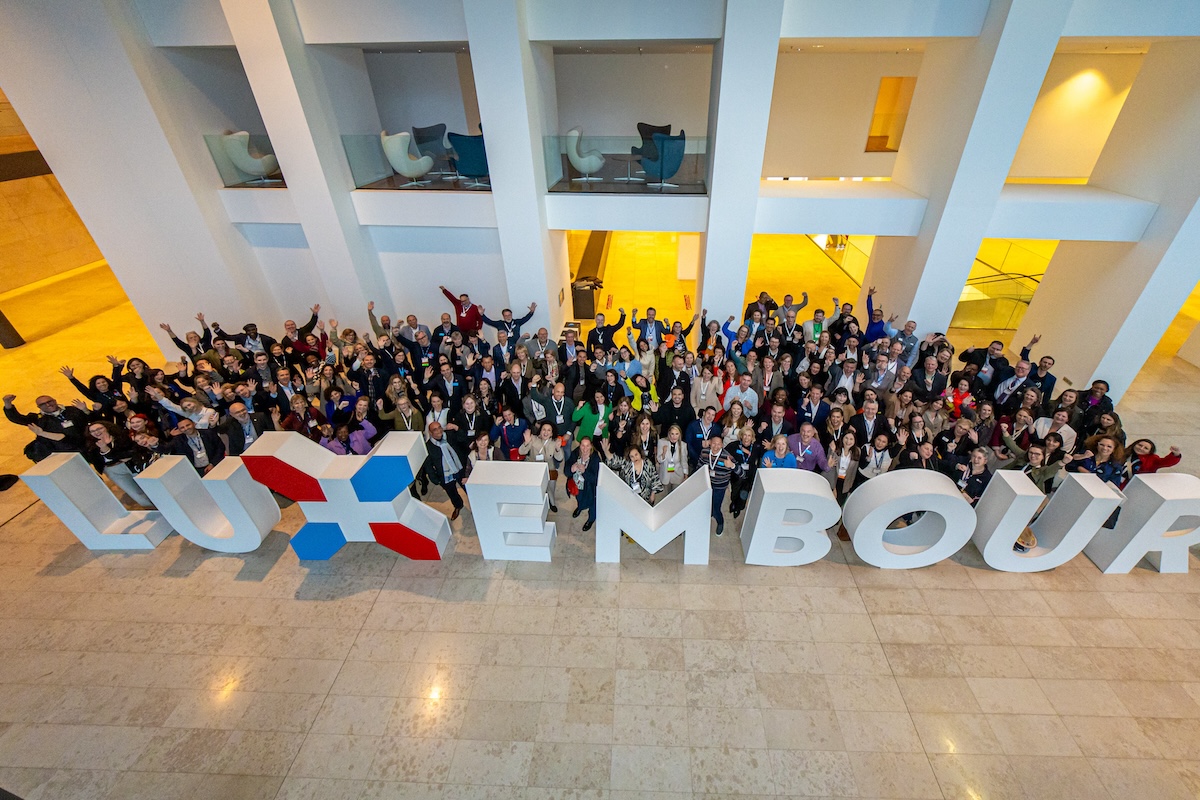Skift Take
Successful meetings and events are designed to meet the needs of all attendees who must be motivated to attend. If they can get the information being presented online, they will not expend time or money.
Today’s most successful conferences provide value to not only attendees but the organizer as well. Content is essential, as is connecting with colleagues and associates.
“It’s about driving the right audience value as well as the right value for your business. The intersection of those two things is the event sweet spot,” said Nicola Kastner, founder of The Event Strategist, at the Skift Meetings 2023 Events Trend Summit.
“At SAP, events were a big part of our go-to-market model, revenue growth model, and more. Balancing what we as an organization and what our executives wanted to say, what we wanted to design as an event, and what our audience needed was the sweet spot,” she said.
Kastner knows that capitalizing on that overlap is a challenging feat. In her previous role as vice president of event marketing for SAP, she ran events for up to 25,000. “You need to find the balance between all of these things, and driving the appropriate, applicable audience acquisition strategy is critical,” she said.

Audience Value Proposition Key
The audience value proposition is a must-address question. Remember, your attendees are investing time and financial time to be there. “We need to find the right balance, and then we need to articulate that correctly when driving attendees to our events,” said Kastner.
To get this balance correct, one of the first questions is who you need in the room. “Events can be nebulous, and if you don’t have a clear indication of what success looks like, it will be subjective. So defining success upfront is super critical,” she explained.
Creating a clear value proposition is crucial. “You need to make sure the content is relevant. It’s finding what needs to be achieved, who should be in the room, and then what the experience needs to be to achieve those objectives and deliver value to the audience.”
Using the Right Channels
Once you have defined the specific audience value, you should create an audience acquisition strategy. A combination of marketing and internal channels needs to be carefully considered.
Email remains one of the most important channels, but being overly reliant on it has its dangers. “Typically, only 20 to 30 percent of registrants came from emails, so it is important to diversify, especially since most companies don’t update email databases. For example, I recently was engaged in building an audience acquisition strategy for a client. When diving into their previous years’ data, we learned that they had 272 percent more unsubscribes than actual registrations from their email outreach campaigns,” said Kastner.
She is a proponent of direct outreach from sales and customer success representatives who typically hold the customer relationship. This outreach can then be reinforced using social media including paid retargeting on LinkedIn for critical accounts. “Remember, relationship owners drive attendance,” she said. “Direct outreach is something organizations overlooked pre-pandemic. A mistake.”
A multi-pronged approach is best. “It takes multiple layers of messaging to drive action,” she said. Paid social media is an effective piece of the puzzle. “When you know who you need at the event, there is absolutely no reason you shouldn’t be using paid social LinkedIn posts specifically targeted at those top accounts,” she said.
Printed invitations can be incredibly effective such as with small VIP or executive events. However, Kastner has not found this strategy to be effective for large events.
Demonstrating Attendee Value
Demonstrating that attendees are genuinely valued is a complex question. “It is critical to understand what resonates with each of the audience segments you are trying to attract to the event because this will be the foundation on which you build the event,” said Kastner.
As a starting point, she recommends asking a few key questions:
- Who are we trying to reach?
- What are their prime motivators for attending?
Once you understand the interests, business concerns, issues, needs, and preferences of attendees, you can then use this knowledge to inform your event design decisions.
Catch up on the full Skift Meetings 2023 Event Trends Summit, now available on demand at no cost.
Photo credit: Ricardo Arce / Unsplash





